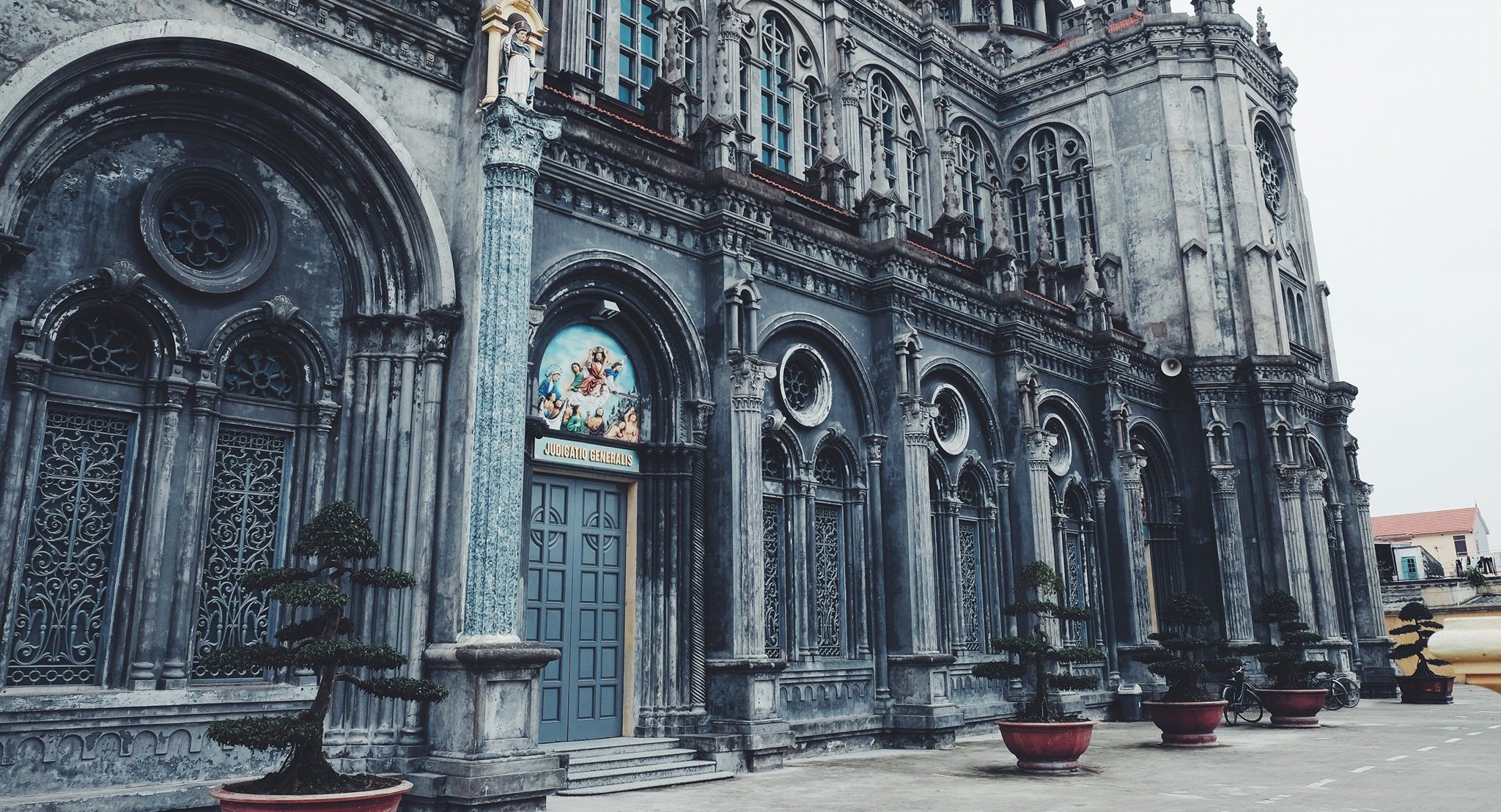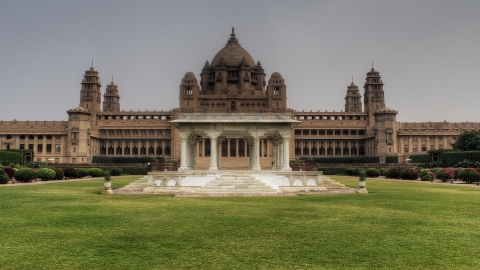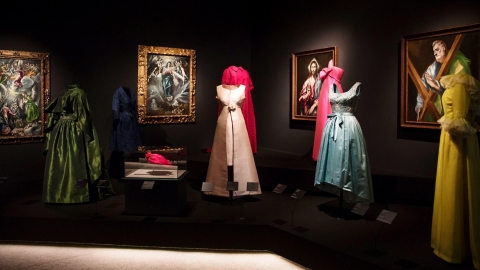1. Phat Diem Stone Church
Since 1875, Phat Diem Church was designed by Father Sau (Father Peter Tran Luc) and built by parishioners for more than 30 years. Phat Diem Cathedral (Phat Diem Stone Church) is a 22-hectare complex in Phat Diem town, Kim Son district, Ninh Binh province.
The architectural complex of Phat Diem Stone Church was ranked as a historical and cultural relic by the Ministry of Culture, Sports and Tourism in 1988. This relic complex includes: the main church, 5 small churches, Phuong Dinh, lakes and artificial caves. Today, around the church area, there are also built pilgrimage centers, traditional houses, main parish houses, diocesan communal houses...
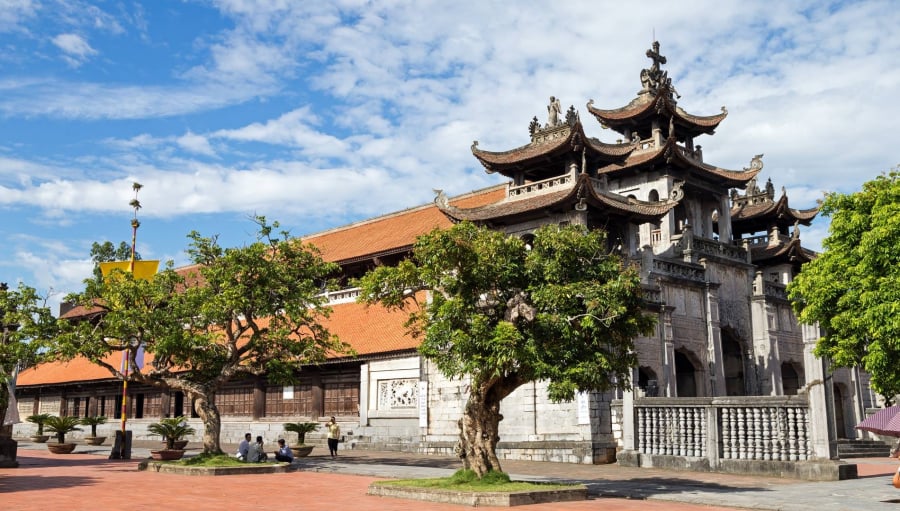
The church was built in the late 19th century when transportation and technical means were not as modern as today. However, during the construction process, hundreds of natural stones, huge ironwood trees tens of meters long... were still transported to build in an elaborate and very solid manner.
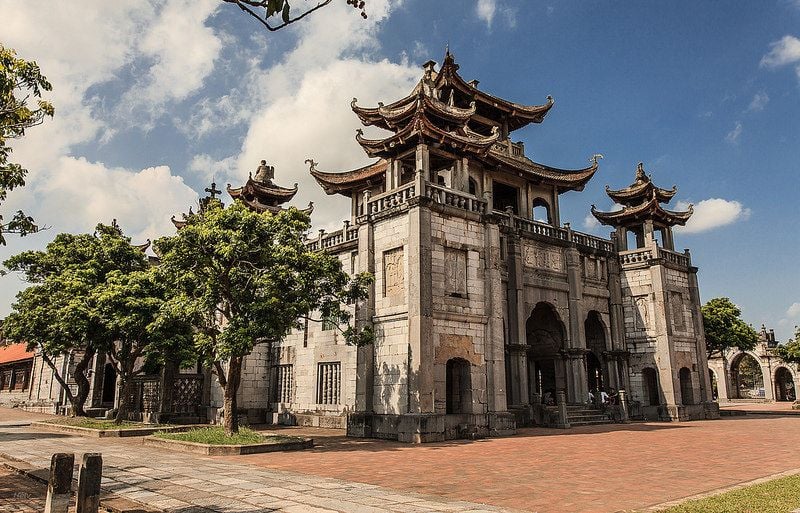
The main load-bearing frame of this church is a wooden structure, because the truss and gong brackets are very popular with the architecture of houses in the North. The stone used to build the church is green stone brought from many places in Thanh Hoa and Ninh Binh, the wood is brought from Nghe An and the mountainous districts of Thanh Hoa province. All are more than 100 km away from the place where the church is built.
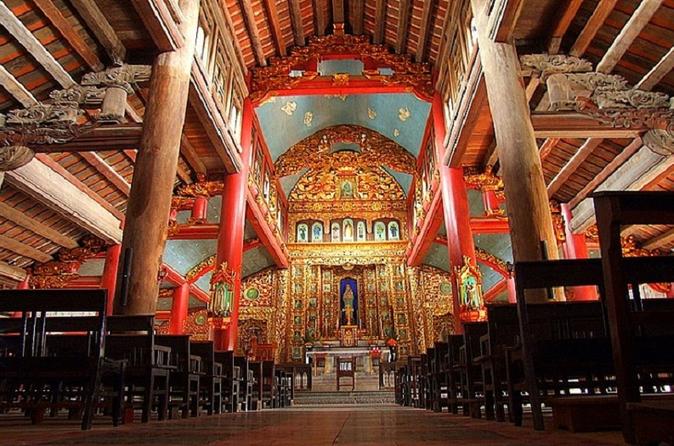
Interior architecture of Phat Diem Cathedral
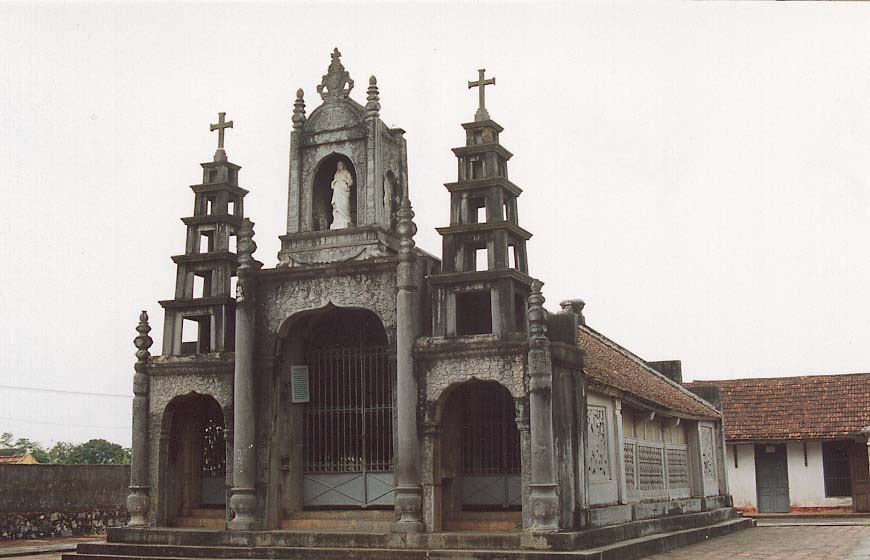
Another construction in the grounds of Phat Diem Cathedral
Although it is a Catholic building, Phat Diem Stone Church still has the traditional Vietnamese temple architecture. The roofs of the church are curved and have many different floors; the bell tower and the church tower are built in the form of a three-door gate (the main construction style of temples); the pillars, the houses and many items are designed with a strong national character. The inside of the sanctuary of the cathedral is painted in red and gilded like a royal palace. Many motifs and patterns also clearly show Eastern culture such as: plants, animals, birds, peacocks, phoenixes, pines, bamboos, chrysanthemums, and apricots...
The entire Phat Diem Stone Church relic is a unique architectural work, a stone church with "unique" architecture in Vietnam for over 100 years.
2. Tra Co Church
The history of the church began around 1857 when many Catholic families, wanting to escape the war, sought to find their way to Tra Co peninsula, so the number of parishioners here increased significantly, and Tra Co Church was built so that the parishioners had a place to gather. Initially, the church was made of wood, consisting of 7 rooms in total.

After many renovations, by 1930, the church began to deteriorate. The parish priest restored the sanctuary, re-plastered the two sides of the church porch, re-tiled the entire floor, expanded the sanctuary, repaired the altar, paved the walkways, and spread white gravel on the sand yard...

Overall, Tra Co Church is 130 m long, 30 m wide, consisting of 10 compartments, with a roof covered with Chinese tiles, walls made of limestone mixed with crushed shells and mussels, located in a large campus. The highlight of the Church is a 30 m high bell tower, which took 2 years to build. On the bell tower is a bell cast around 1927. On the walls of the church are hundreds of elaborately carved reliefs, bringing an ancient, majestic beauty. The sanctuary is supported by rows of ironwood pillars. The main altar is gilded with gold and carved with elaborate patterns.
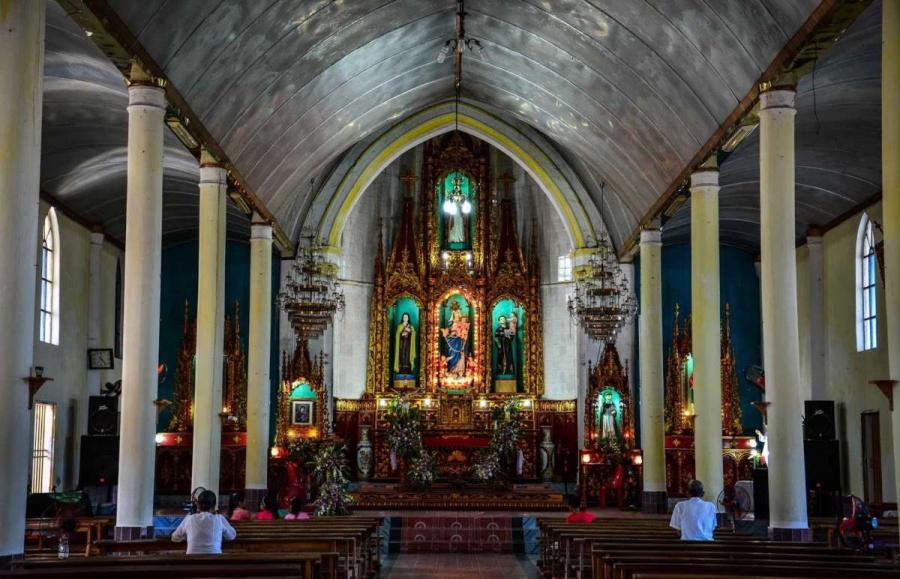
In 1979, during the Northern border war, Tra Co Church was heavily damaged. In 1995, the building was restored to its pre-war state.
3. Phu Nhai Basilica
Located in Xuan Phuong commune, Nam Dinh, the Minor Basilica of the Immaculate Conception, Phu Nhai (also known as Phu Nhai Church, Phu Nhai Shrine) is one of the most famous religious buildings of the Diocese of Bui Chu, built in 1881 on a fairly large area. This is considered one of the most beautiful churches in Vietnam with majestic Gothic architecture.

Phu Nhai Basilica with majestic Gothic architecture
The original Phu Nhai Church was built of wood and covered with thatch by Parish Priest Emmanuel Riano Hoa in 1866, right after King Tu Duc signed the edict to expel Christians, ending nearly three centuries of Christian persecution in Vietnam.
After being damaged during the war, the church was restored by Bishop Dominic Nguyen Chu Trinh, starting in 2003 and completed in 2004 with its current appearance.
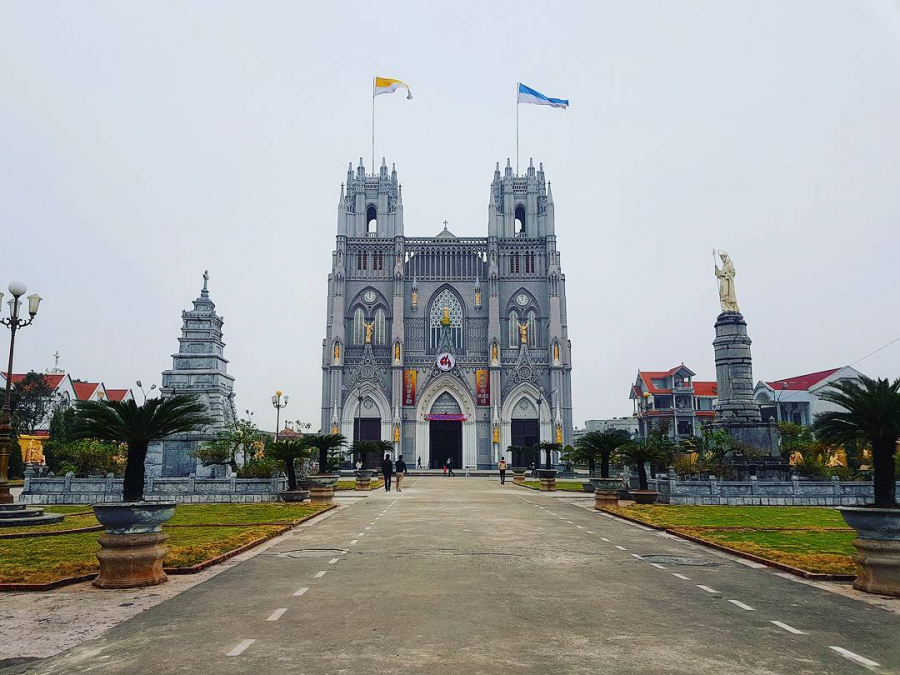
The original church has a Spanish Gothic architectural style, and was later rebuilt in the French Gothic architectural style.
Phu Nhai Church is 80 m long, 35 m wide, and 30 m high to the roof, making it the largest church in Vietnam and Indochina. The two bell towers in the front are 44 m high, with four bells cast in France. Around Phu Nhai Church is the Way of the Cross. The front facade of the church is made up of three floors. The top floor has two bell towers, each with many pillars forming giant candles reaching up to the blue sky. All three layers of doors on each floor are in the Gothic style, with pointed doors creating the feeling of being pushed up higher.

Side view of Phu Nhai Basilica
Entering the church, one can feel the grandeur of the Spanish Gothic architecture. Behind the two majestic wooden doors is the church's interior with soaring arches. Two rows of chairs are neatly arranged, one on one side for men, the other for women during ceremonies.
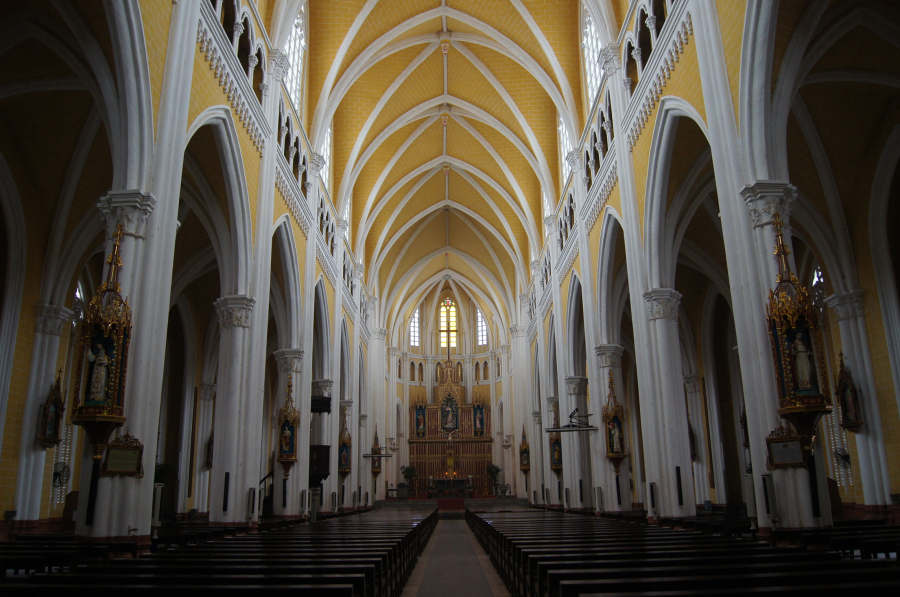
The vast architecture inside Phu Nhai Basilica
Phu Nhai Basilica is always a religious building, a tourist attraction for visitors from near and far. Standing from high points, visitors can see the church's towering bell tower standing out on the green fields and red-tiled houses.
4. Thai Binh Cathedral
Thai Binh Cathedral with the title of Sacred Heart of Jesus became the Cathedral of Thai Binh Diocese in 1936. At this time, Bishop Casadio Thuan assigned Spanish priest Rengel to oversee the construction of an additional part of the church from the cross wing up, and at the same time set up a gilded altar, making the Cathedral more massive, spacious, and majestic, worthy of the stature of a cathedral.

Over time, the church showed signs of deterioration. In 2005, Bishop Francis Xavier Nguyen Van Sang started construction of a new cathedral and officially inaugurated it on October 13, 2007.
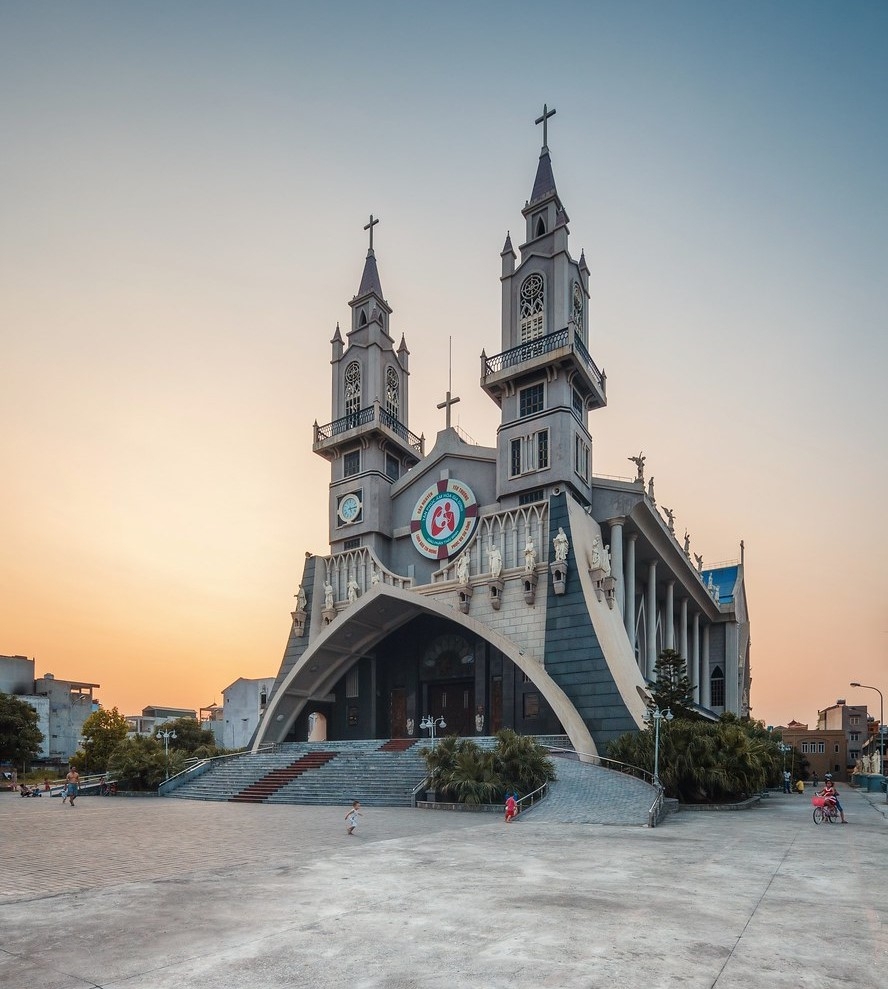
The new cathedral is located on a campus of over 6,000 m² bearing strong imprints in the Bible. The church is designed with two floors, wearing a light cream-colored coat, the color of alluvium, reminiscent of the rice fields of the Red River and Tra Ly River basins.
The new look of the church meets the trend of graphic architectural models that are popular in Vietnam and are locally favored from style to lines.
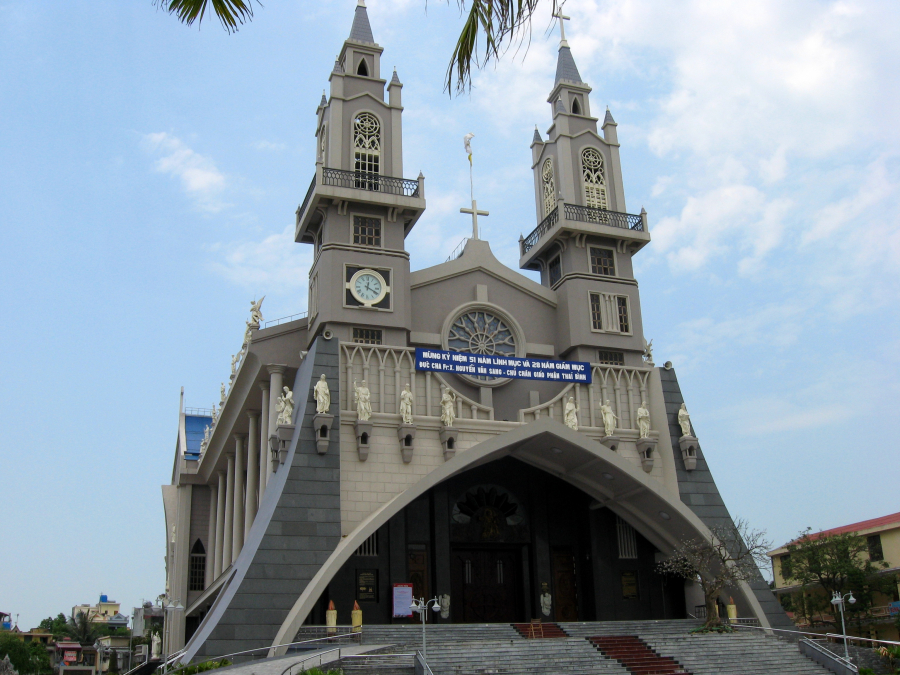
5. Hung Nghia Church
Hung Nghia Church (also known as Hung Nghia Holy Temple) is located in Hai Hung Commune, Hai Hau District, Nam Dinh. The church was built in 1927, but due to storms and rains, it quickly deteriorated, so the parishioners and the parish priest decided to repair it. The church was re-started in 2000 and inaugurated in 2007.
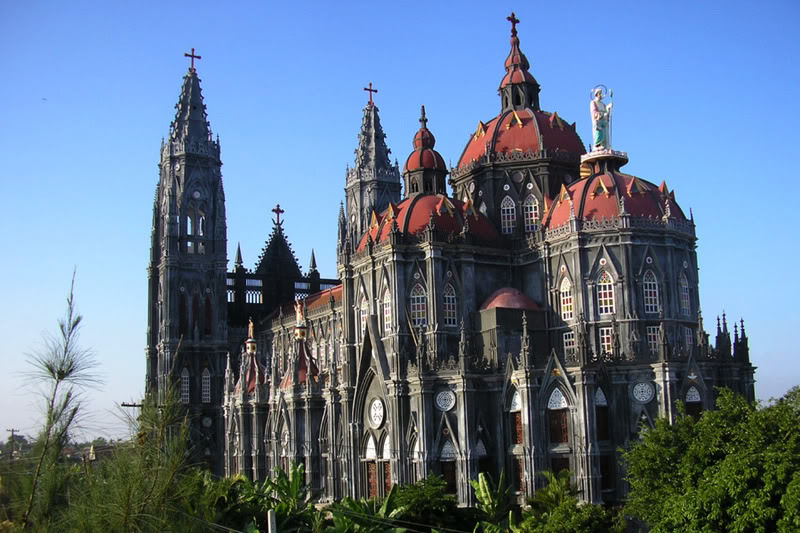
Hung Nghia Church looks like a fairy tale castle
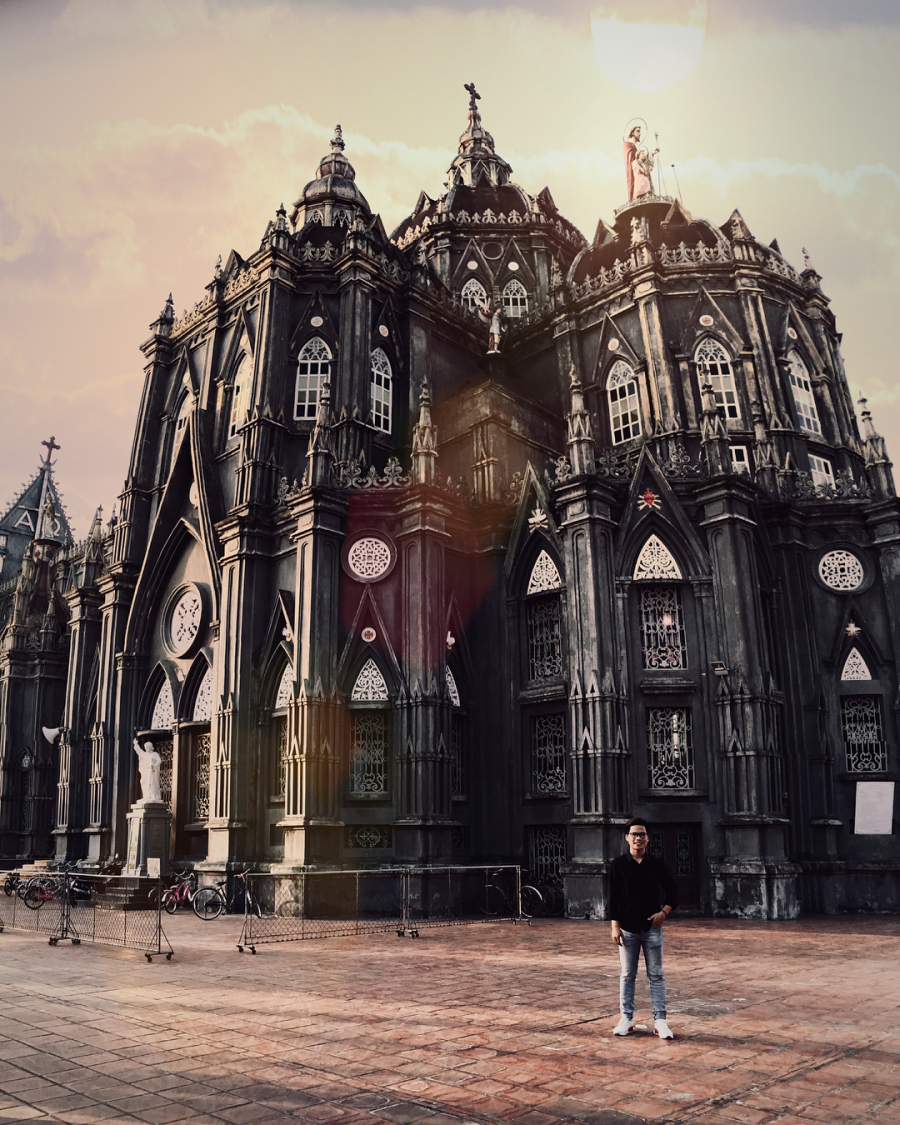
The place is called "ice castle" by young people
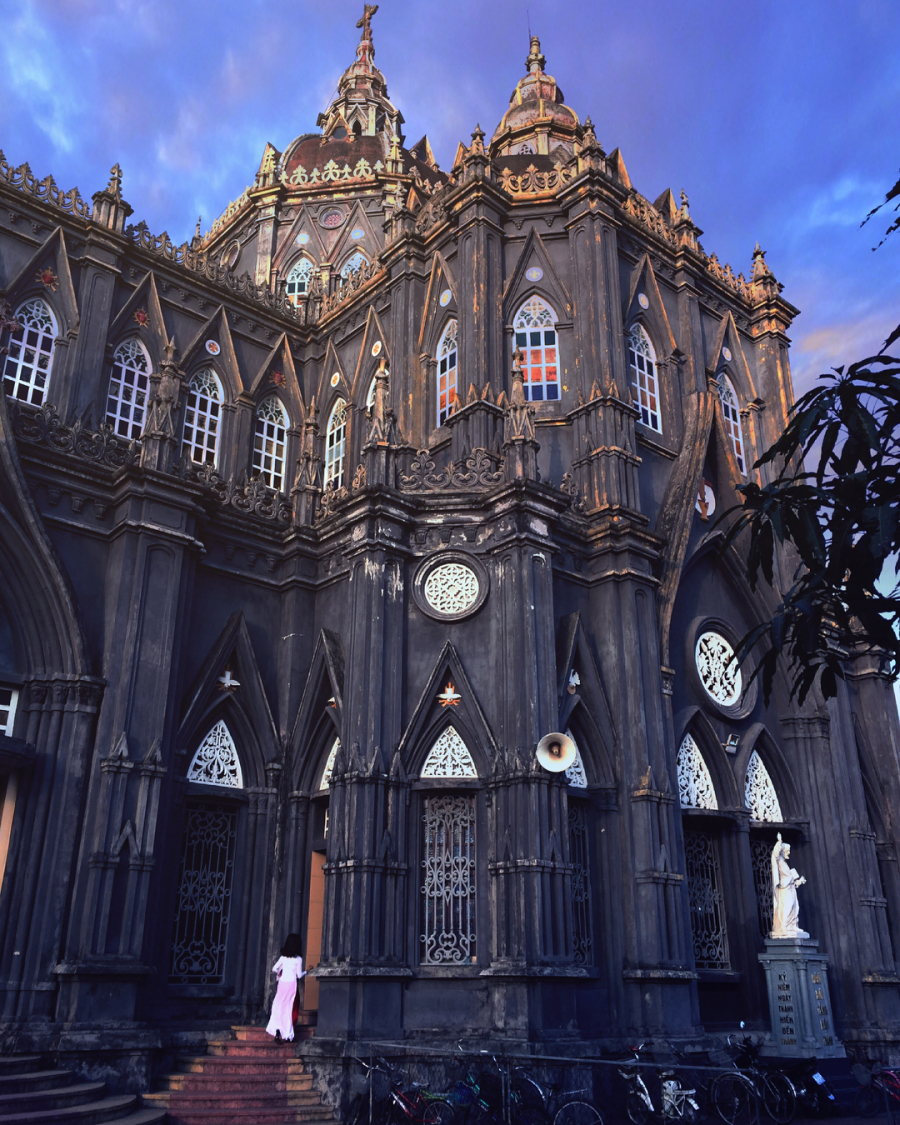
After being “dressed” in a new coat with architecture like a magnificent castle, the church always makes visitors amazed every time they come to visit. The details are built so sophisticatedly and elaborately that we mistakenly think we are in some European sky and not Vietnam anymore.
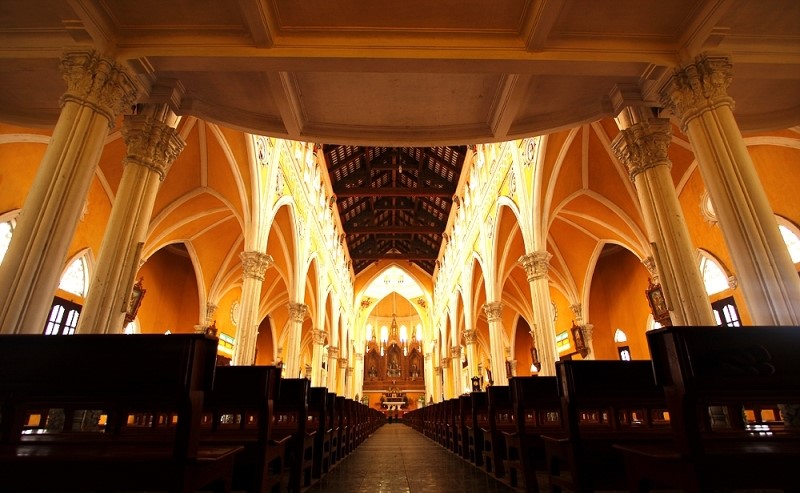
Interior view of Hung Nghia Temple
If you come here on a cold, foggy afternoon, you will surely think you are lost in a castle in a fairy tale!





